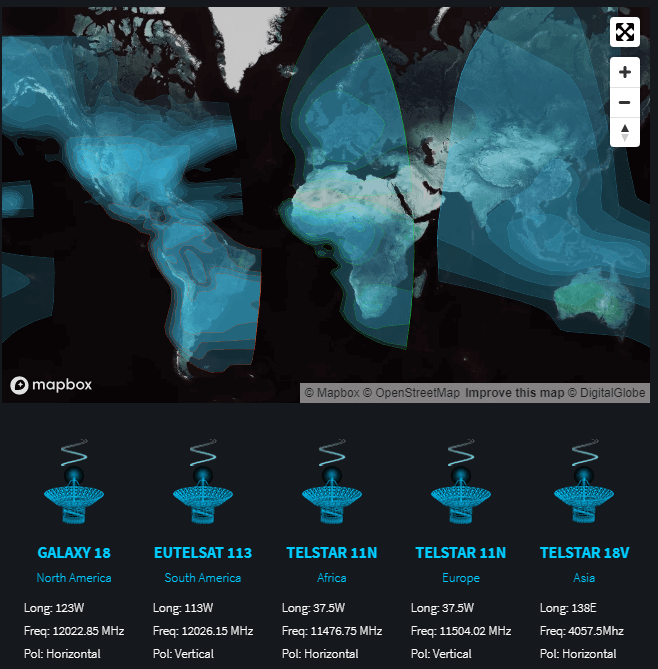DeFli: A Decentralized Network of RTL-SDRs on the Blockchain for UAV and Satellite Operators
Recently we came across a new project called DeFli and DeSky, which appears to be plans for a decentralized network of RTL-SDRs. The goal of the project is to provide decentralized access to ADS-B and satellite data through the use of RTL-SDR ground stations. The RTL-SDR ground stations upload their data to the DeFli servers and in return ground station hosts receive compensation in DEFLI tokens via the DeFli blockchain.
From the website it appears they are focusing on selling the data to UAV and satellite operators, but there seems to be no reason why it couldn't be used for other purposes too.
The use of crowd sourced RTL-SDR data is nothing new, with successful ADS-B aggregators like FlightRadar24.com and adsbexchange.com already in operation. Projects like SatNOGs also exist which crowd source satellite data. Not to mention other RTL-SDR and radio data aggregators like marinetraffic.com for Marine AIS, amateur.sondehub.org for Amateur Radio Balloons, aprs.fi for APRS, and airframes.io for ACARS, VDL, HDFL and SATCOM data. However, this is probably the first radio data aggregator to incorporate blockchain concepts for host rewards.
In a Reddit Post (now removed but cached on Google), the creators wrote:
There is clearly an appetite from a large number of Helium Hotspot owners to utilize their hotspots for other projects with a view to getting a better ROI on their investment. That being said, I believe it is absolutely just and fair for Nova & the Foundation to take steps to prohibit the LoRa specific hardware from being used by competing projects both from a commercial perspective and also regulatory. Our personal belief is that Nova/Foundation should operate Helium Network as a NaaS and allow these newer "players" to piggyback on the equipment without compromising the regulatory side of things.
From an industry perspective there is of course a frustration at an awful lot of under-used/under-utilized hardware, specifically the CPU modules that remain in short supply, thus limiting the expansion capabilities of a hardware based network.
Likewise whilst Helium IoT paved the way for decentralized networks to become a "thing" there is also the counter-argument now that actually it is incredibly difficult to build a hardware based network because of the growing disdain. Now obviously part of that is linked to failed projects like MXC, Planetwatch and WeatherXM as well as dubious projects like RevoFi.
That brings me on to our project- DeFli (defli.org). I am not going to extol the virtues of the project, all I am going to give is a very brief "blurb". We are building a decentralized network of ground stations for unmanned aircraft to communicate with (to satisfy new legislation) and which will form the basis of an advanced traffic management system.
A "ground station" can be built from any Helium Hotspot without affecting the performance, nor do we utilize the LoRa Concentrator (ADS-B is broadcast over the 1090MHz frequency). To achieve dual "mining" it is simply a case of running DeFli in a Docker Container (can be viewed on our Github) and adding a USB RTL-SDR receiver.
WARNING: As with anything cryptocurrency related, do your own research first before putting any of your own money in. This project could very well be a scam, or it could just be a project in the early stages of getting started.


